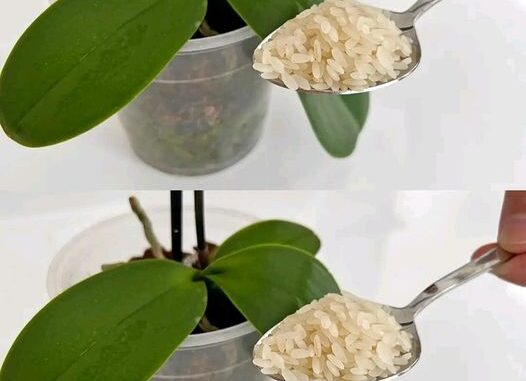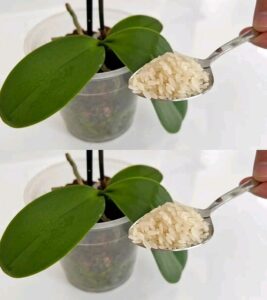
Orchids, the exquisite tropical plants, have an undeniable allure. However, they require consistent care, particularly in terms of moisture, given their natural preference for tropical conditions. Neglecting their water needs can result in drying, petal drop, and grayish roots. But before you lament a seemingly lost cause, remember: with the right steps, you can breathe life back into a parched orchid.
Understanding Orchids
Orchids can thrive indoors if provided with the conditions essential for their growth. Without proper care, these plants might suffer dehydration. But even in such a state, with proper care, it’s possible to rekindle their bloom.
Steps to Revitalize a Wilted Orchid:
Steps to Revitalize a Wilted Orchid:
Pruning the Stem: Dehydrated orchids shed their blossoms, and their stems become desiccated. An orchid’s flower stem is robust, potentially supporting up to 20 blooms. To kickstart the revival, prune away withered blooms. Starting from the base, count two buds and snip the stem 1cm above the third bud.

Root Care: Examine the roots. If they appear white or black, remove them to prevent potential contamination. Soft roots indicate decay; prune these, retaining only the firm aerial roots.
Repotting: A rejuvenation requires a new substrate, rich in essential nutrients. Opt for a specialized mix comprising clay pellets, sphagnum moss, coconut fibers, charcoal, and pine bark. Repot in a transparent container to monitor root health. This process should be repeated every 2-3 years.
Ideal Placement: Position your orchid in a well-lit area, ensuring it isn’t exposed to direct sunlight, which could damage the foliage.
Optimal Temperature: Maintain a temperature range of 18°C to 25°C. Shield the plant from drafts and direct sources of heat like radiators, as they can excessively dry out the orchid.
Watering Techniques: Orchid roots are sensitive. While dehydration can damage them, overwatering might cause root rot. For effective watering:
Detach the pot and immerse the plant in tepid water for 10 minutes.
Drain and replace the orchid in its pot.
Employ room-temperature water to prevent root shock.
Once monthly, consider a diluted liquid fertilizer.
In warm weather, mist the foliage, ensuring no water accumulates to avoid rot.
Disease Prevention: If you notice gray rot on flowers or black spots on the plant, it indicates disease. Promptly remove the affected areas to prevent further contamination.
By diligently following these steps and providing optimal care, your wilted orchid can spring back, bearing blossoms that’ll enchant you once again.
Leave a Reply